BLOG
|
|
The prevalence of myopia is increasing worldwide, and researchers internationally have been investigating methods to slow down its progression to prevent sight-threatening complications. Parents tend to prefer ophthalmic lenses over contact lenses for their young children during the early stage of myopia development, but are more open to considering contact lenses once their child reaches eight or nine years of age. This may relate to concerns regarding safety and compliance. Today, there is an increasing array of spectacle lens designs for myopia control. One innovative design on the horizon, which combines both multifocal and different defocus zones, is Hoya’s MiyoSmart lens, developed in collaboration with The Hong Kong Polytechnic University after years of research, product design and testing. Known as the DIMS design (Defocus Incorporated Multiple Segments Technology), it won multiple awards in 2018. MiyoSmart with D.I.M.S. technology is comprised of a central optical zone for correcting refractive error and multiple defocus segments evenly surrounding the central zone (extending to the mid-periphery) of the lens to slow down myopia progression by 60%*. In 2018, it was awarded the prestigious Grand Prize, Grand Award and Special Gold Award at the 46th International Exhibition of Inventions in Geneva, Switzerland. Daily wear of the DIMS lens significantly slowed myopia progression and axial elongation in myopic schoolchildren as compared with wearing single vision spectacle lenses. DIMS and Single vision lenses could hardly be differentiated by their appearance unless the lens was tilted and the multiple segments may be observed from the reflection of a light source. Most children were not aware of the multiple segments features. A few children in the treatment group might recognize the multiple segments but they had no particular difficulties in using the lens as their previous spectacle lenses. Manufactured from an impact-resistant material with UV protection, this new technology has proven to be effective, easy to adapt and a non-invasive solution for myopia management. References from:
https://bjo.bmj.com/content/early/2019/05/29/bjophthalmol-2018-313739 https://www.mivision.com.au/2019/12/myopia-options-for-optical-control/
1 Comment
5/10/2024 08:46:45 am
Why do parents tend to prefer ophthalmic lenses over contact lenses for young children during the early stages of myopia development, and what factors contribute to their increased openness to considering contact lenses once their child reaches eight or nine years of age?
Reply
Leave a Reply. |
EYE GEN
est. 2011 Archives
June 2020
Categories |

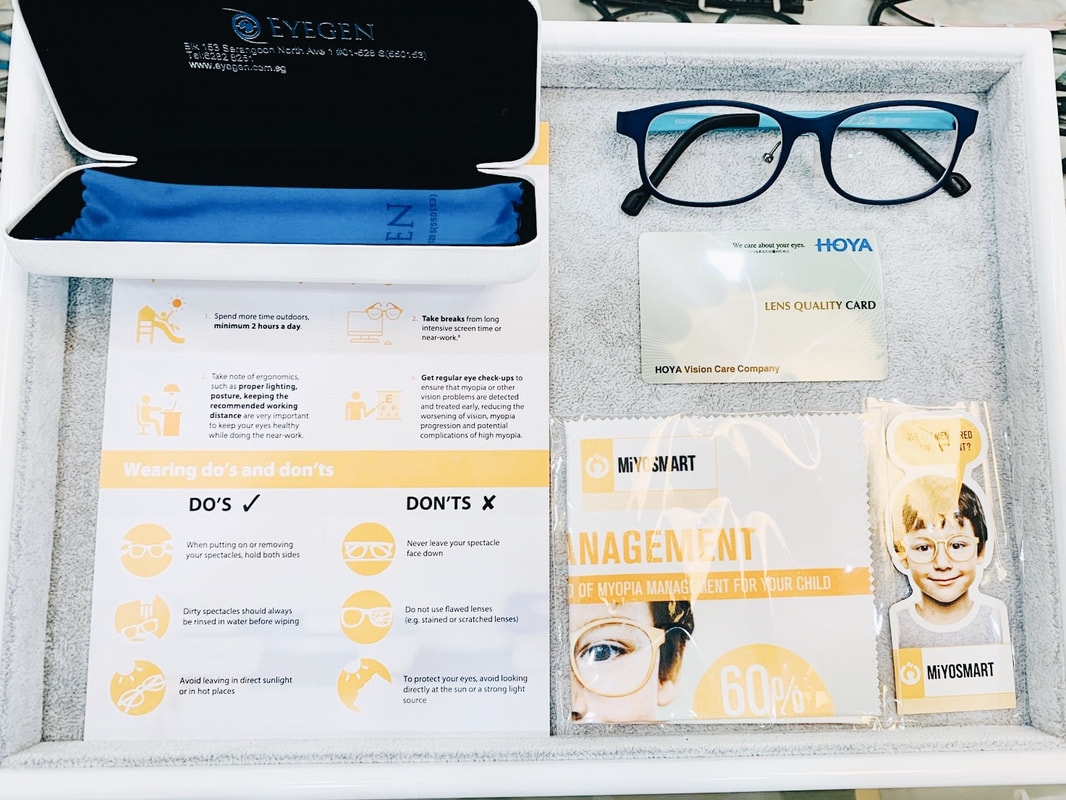
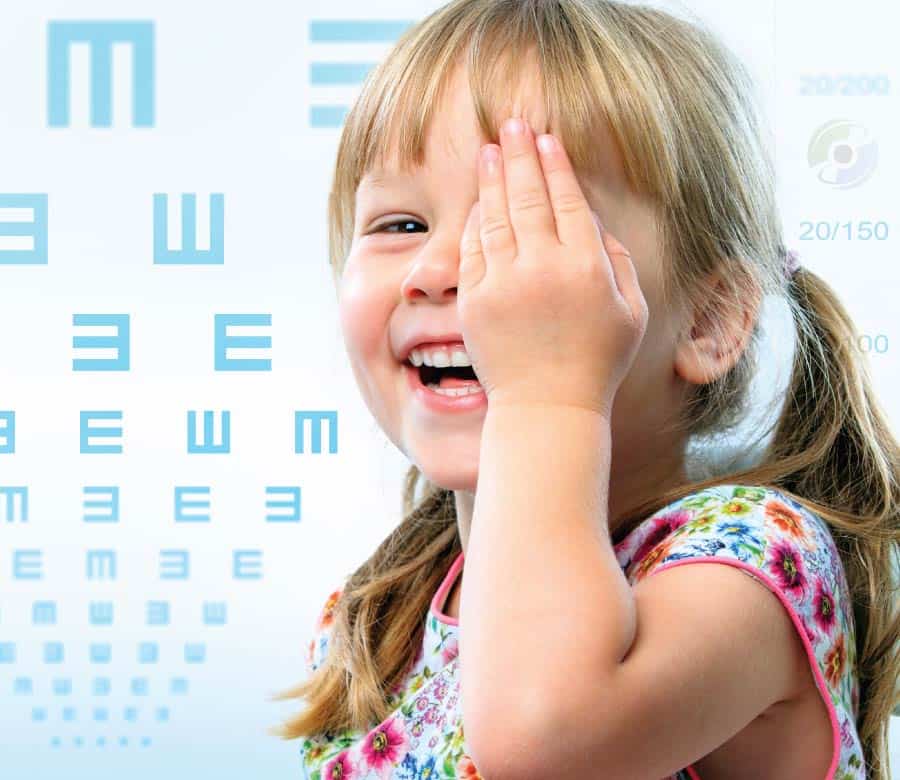
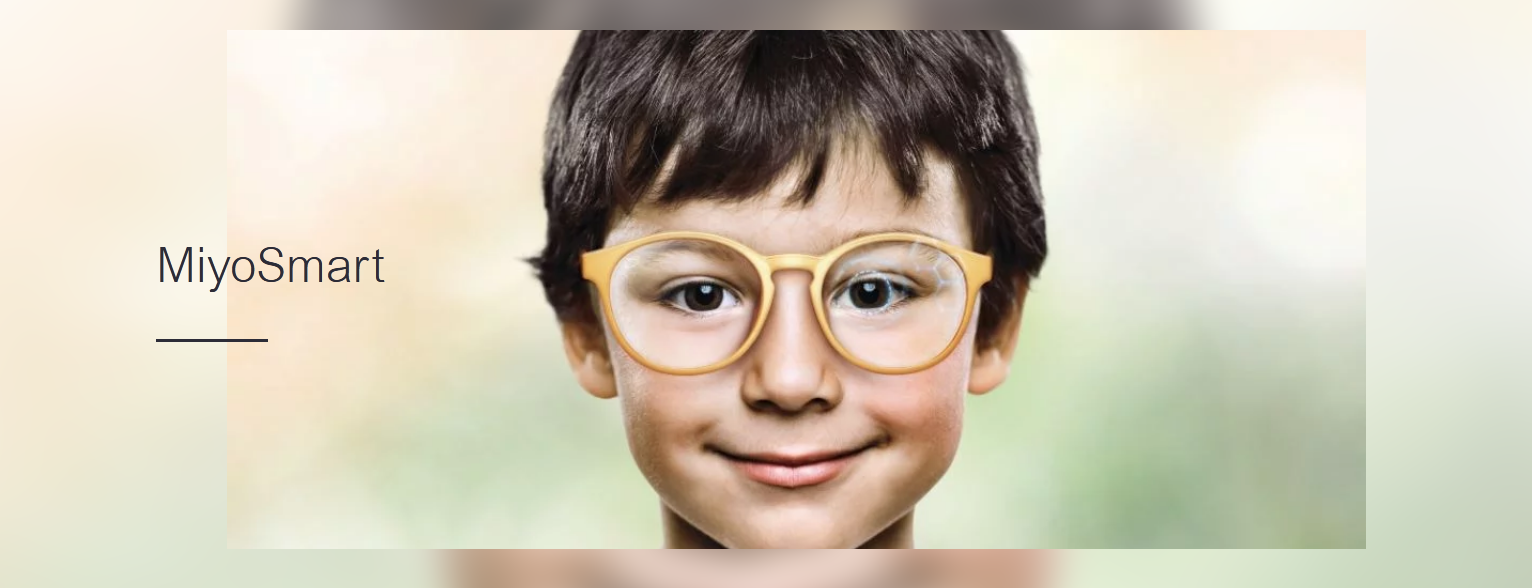
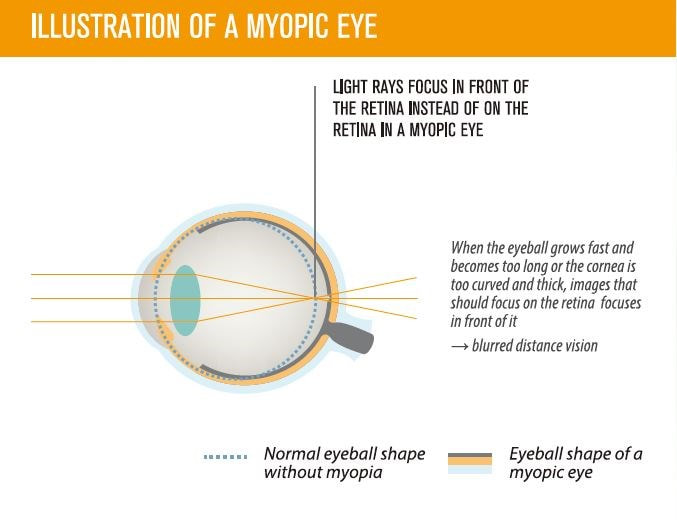
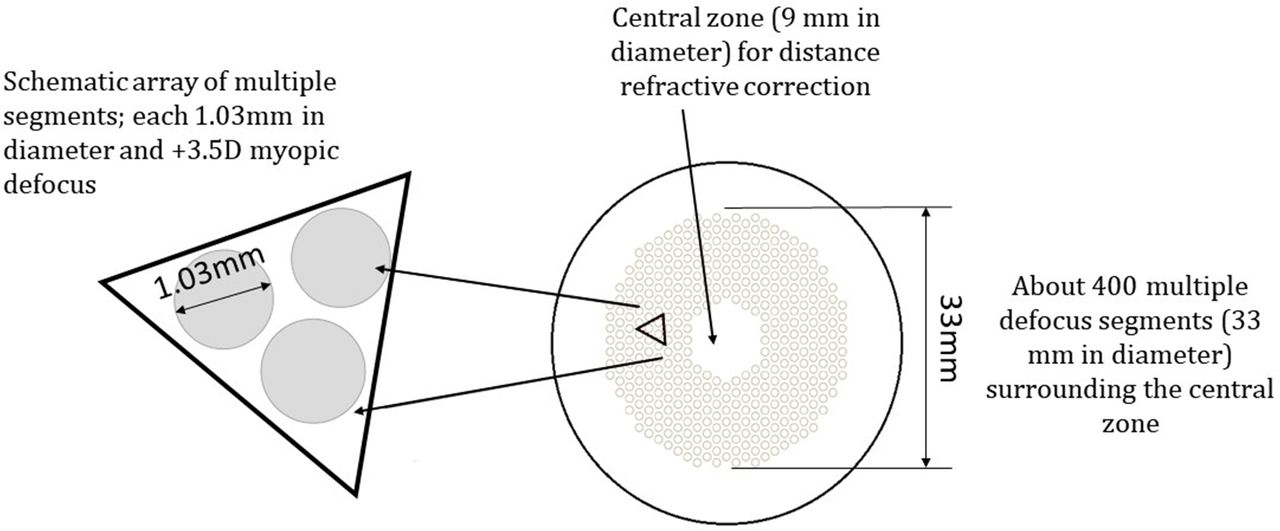
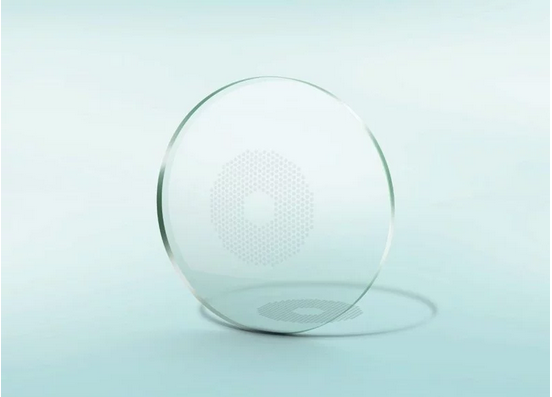
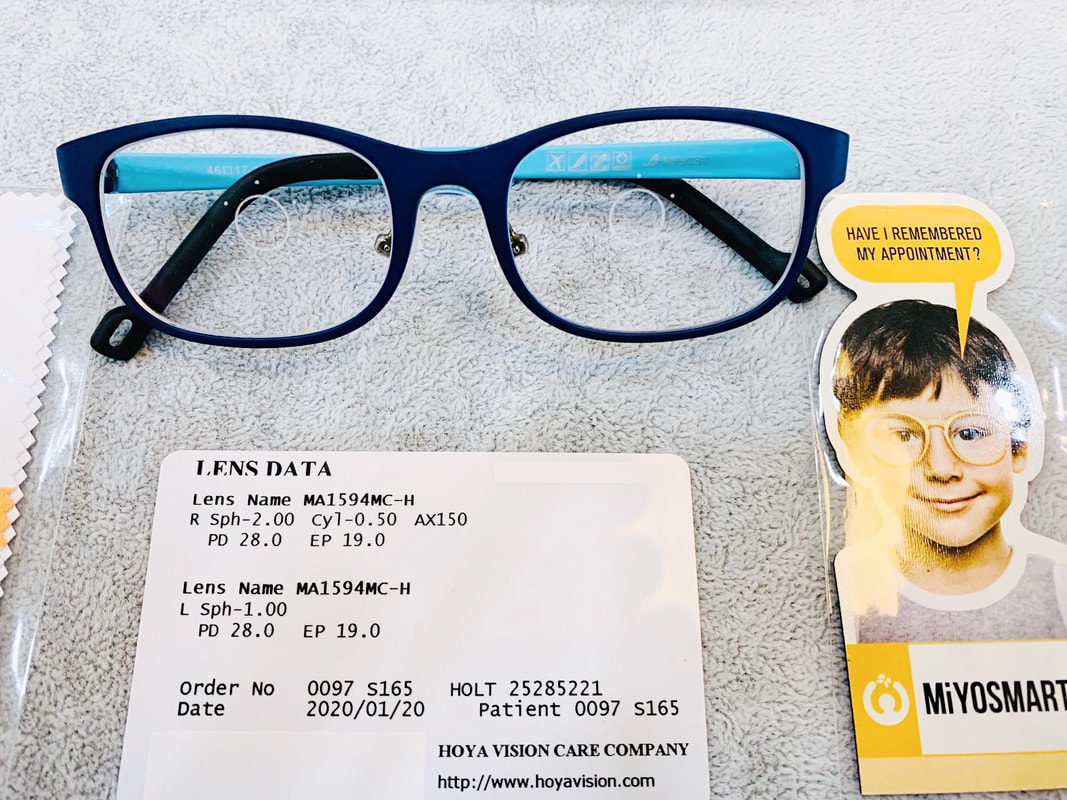
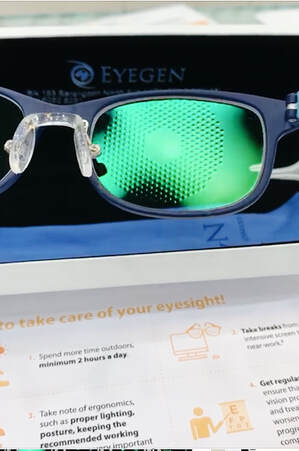
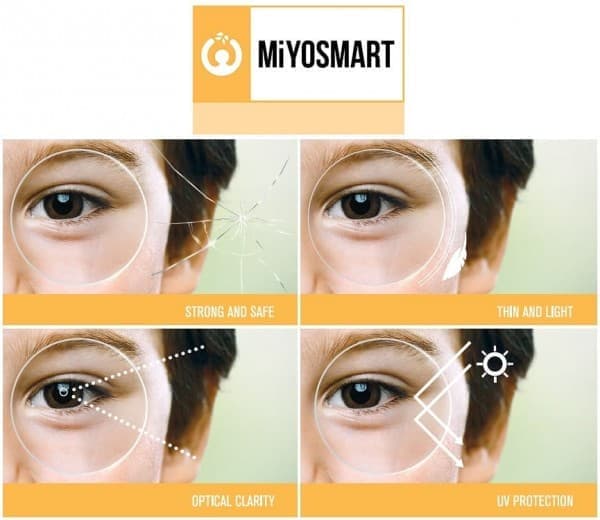
 RSS Feed
RSS Feed
